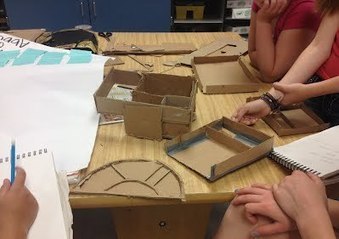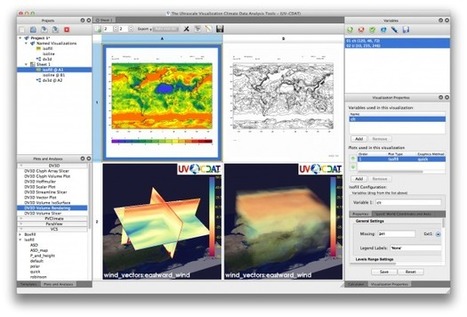Computational thinking is defined by Cummins as a process that "encourages students to explore solutions to problems that remain unsolved. (It) inspires innovation and supports problem-solving skills".
Design thinking, as stated by Scholastic, "is a creative problem-solving process that calls for thoughtful solutions to real-world situations.".
Get Started for FREE
Sign up with Facebook Sign up with X
I don't have a Facebook or a X account
 Your new post is loading... Your new post is loading...
 Your new post is loading... Your new post is loading...

Andrew Aker's curator insight,
August 14, 2013 9:27 AM
EVERY subject should be taught with REAL WORLD problem solving, just like we did in the stone-age!
Marnie McGillivray's curator insight,
March 23, 2014 8:33 PM
I have rescooped this resource from @Rebecca White as it is a great resource for teaching the Design and technology strand and incorporates sustainability. The website focuses on design thinking, 21st century learning skills, design learning research, curriculum frameworks, project based learning and engaging today’s students. It links with the Australian Curriculum for technology including design technology as it is build student computational thinking by getting them to create and evaluate projects which aims towards creating preferred futures. 
Katherine Reed's curator insight,
April 7, 2014 10:34 PM
This is the background information for competitions that are coordinated between designers and educators to promote students thinking about how to solve real world problems using design. There are links provided to sample problems and challenges suited for Prep to Year 4 levels as well as more in depth concepts for high school students, such as designing jobs for 2050. Interesting read and plenty of information to be explored. |

ech08ravo's curator insight,
December 1, 2013 10:50 PM
Fantastic website from Notre Dame helps instructors (and students) design effective media-based assignments. Great examples and how-tos for inspiration. 
Malin Fölster's curator insight,
December 7, 2013 8:37 AM
Wow denna sida var sååå bra. Jag förlorade mig själv på denna sidan idag! :))) |

















